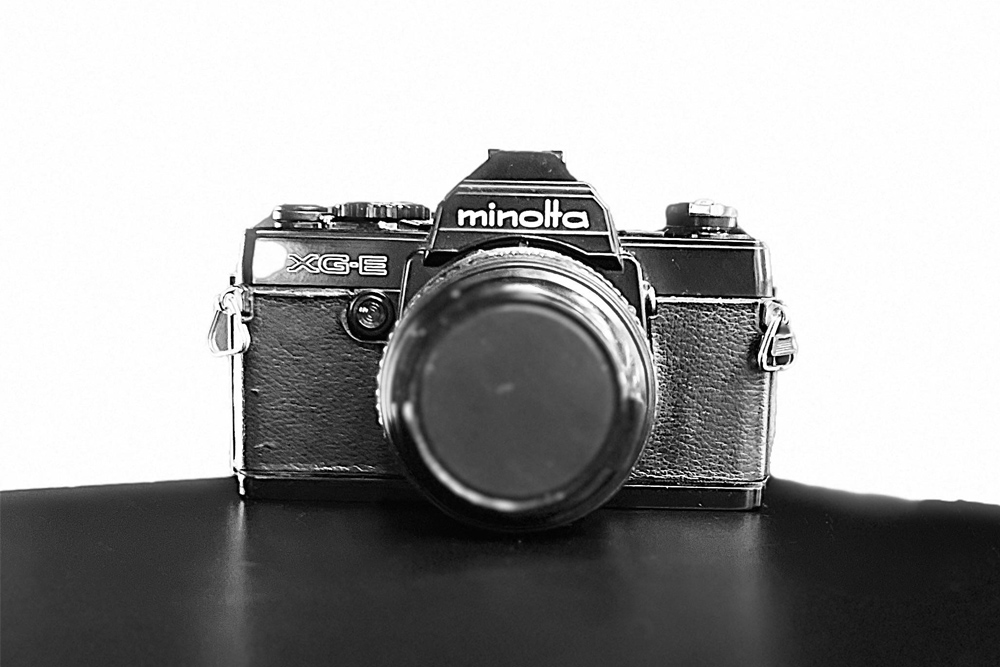The XG-E (XG 7 in USA and Canada, XG 2 in Europe and elsewhere) was the first model of this series to be introduced in 1977. Many of its features continued through to later XG-series bodies. All models were available in chrome and black finish. The XG-E is considerably smaller and lighter than Minolta’s preceding cameras like the XE or SR-T series. It has a center-weighted metering system with two CdS cells and a matte-fresnel-field focusing screen with a horizontal split-image spot surrounded by a microprism field. The viewfinder shows the automatic shutter times from 1s to 1/1000s via LEDs.
The Minolta XG-E is a dual-mode camera. It has an aperture-priority mode “A” which obviously is metered. Metering is done by depressing the shutter button halfway. The shutter speed then selected by the camera is shown in the viewfinder by a red LED. In the “A” mode you can “force” the camera to under- or overexpose your pictures by up to two stops. In situations requiring too fast a shutter speed, faster than 1/1000s, the camera will not fire to prevent overexposure. This is indicated by a red triangle in the viewfinder. Stop down the lens until a shutter speed is shown and you’re ready to shoot again.







